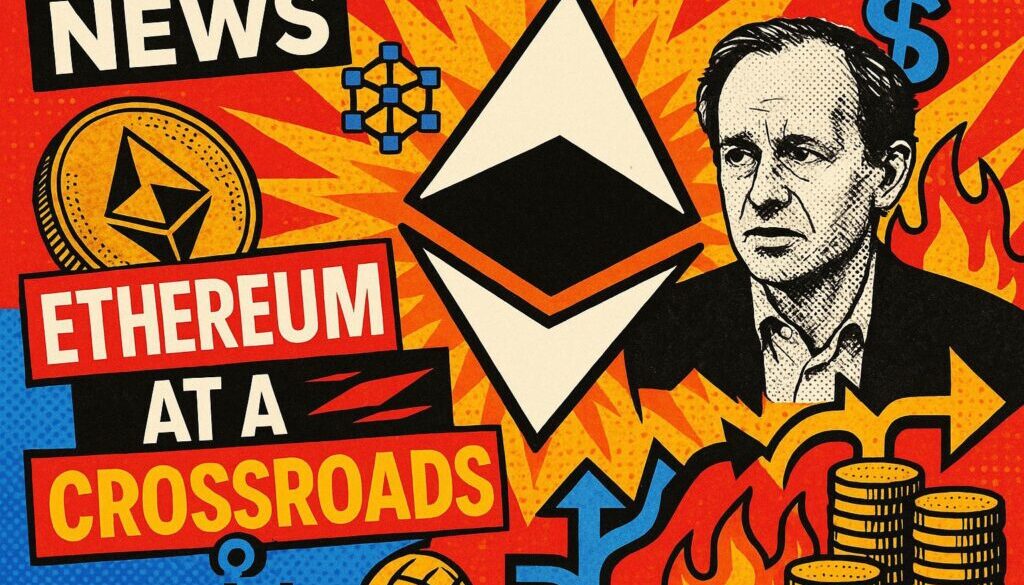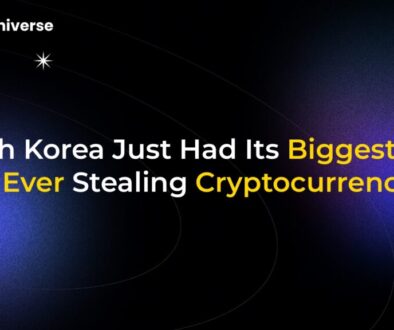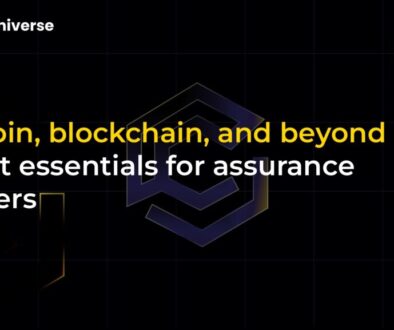Ethereum at a Crossroads: Insights from the Foundation

As Ethereum, the pioneering blockchain, approaches its momentous 10th anniversary, it finds itself at a pivotal juncture in its ongoing evolution. The digital landscape is constantly shifting, bringing new challenges and opportunities. In a recent insightful interview, Tomasz Stanczak, the esteemed Co-Executive Director of the Ethereum Foundation, offered a candid perspective on these changing dynamics and the strategic roadmap for Ethereum’s future. His discussion sheds light on how Ethereum is navigating the rising tide of competition from newer, often faster, platforms while staying true to its foundational principles.
Ethereum’s Competitive Landscape
The blockchain space is undeniably competitive. Newer platforms like Solana and Aptos have emerged, often lauded for their impressive transaction speeds and seemingly smoother user experiences. This has, at times, led to criticisms directed at Ethereum, particularly concerning its perceived speed limitations and higher gas fees.
However, Stanczak’s remarks from the Ethereum Foundation emphasize a different perspective. He clarified that despite this “outside noise,” the foundation is steadfastly committed to its long-term goals and a philosophy of steady, meticulous progress rather than chasing fleeting trends. This doesn’t mean ignoring challenges; rather, it means addressing them with thoughtful, robust solutions.
Ethereum is actively tackling scalability through the continuous development and integration of Layer-2 solutions, which process transactions off the main chain, significantly reducing load and fees. Furthermore, the focus on interoperability, through various bridging technologies, ensures that Ethereum can connect and interact seamlessly with other blockchains. While some platforms might excel in specific high-volume applications, Ethereum remains dedicated to its core values of long-term security, decentralization, and robust infrastructure.
Interoperability of Layer-1 and Layer-2 Solutions
At the heart of Ethereum’s strategy for sustained growth and scalability lies the critical concept of interoperability between its Layer-1 (the main Ethereum blockchain) and its expanding ecosystem of Layer-2 solutions. Layer-2 solutions are essentially secondary frameworks built on top of the main Ethereum chain, designed to handle a vast number of transactions off-chain, thereby alleviating congestion and reducing transaction costs on the primary network.
This multi-layered architecture is vital for enhancing cohesion across the entire Ethereum network. By allowing different layers to communicate and work together efficiently, Ethereum can achieve greater throughput without compromising its fundamental principles. While Layer-2 solutions rely on the inherent security of the main Layer-1 chain, they also introduce new complexities that require careful management to maintain network integrity.
Technologies like ‘rollups’ (including optimistic rollups and ZK-rollups) are pivotal here. They enable Layer-2 blockchains to bundle many transactions into a single batch and submit them back to the Layer-1 chain, dramatically increasing transaction processing speed and lowering costs. This sophisticated, multi-layered approach is Ethereum’s answer to the renowned ‘blockchain trilemma’ – the challenge of simultaneously achieving decentralization, scalability, and security.
Staking Incentives and Validator Engagement
Following its transition to Proof-of-Stake (PoS) consensus, Ethereum’s security and operation now depend on a robust network of validators. These validators stake their ETH as collateral, dedicating resources to secure the network, propose new blocks, and attest to the validity of existing ones. In return, they receive rewards, contributing to the network’s overall health and stability.
However, the proliferation of Layer-2 solutions introduces a nuanced challenge in attracting and retaining a diverse pool of validators. The motivations for staking vary significantly among participants:
- Institutional Investors: Often driven by the prospect of yield generation and the opportunity to participate in securing a major blockchain network. Their decisions can be heavily influenced by potential returns on investment.
- Community Members: Many individuals within the Ethereum community are motivated by a deeper commitment to the network’s long-term security, its decentralized ethos, and its foundational principles, often valuing these aspects above immediate financial returns.
To address these challenges and enhance network resilience, innovative solutions like Distributed Validator Technology (DVT) are gaining traction. Projects leveraging DVT, such as Obol, allow multiple parties to collaboratively operate a single validator, significantly strengthening security and decentralization. This technology has seen growing adoption across the Ethereum ecosystem, proving effective in scaling validator operations securely and making staking more accessible and robust for a wider range of participants.
Looking Ahead
As Ethereum embarks on its second decade, it stands as a testament to persistent innovation and a steadfast commitment to its core values. The insights from the Ethereum Foundation underscore a mature approach to development – one that acknowledges competition and challenges while prioritizing long-term vision, robust infrastructure, and community-driven progress.
Ethereum’s unique position in the crypto landscape, shaped by its pioneering spirit and the ongoing influence of co-founder Vitalik Buterin, continues to evolve. By focusing on interoperability, fostering a secure staking environment, and continually refining its scalability solutions, Ethereum is not just reacting to the ‘crossroads’ but actively shaping its path forward, ensuring its continued relevance and leadership in the decentralized future.


